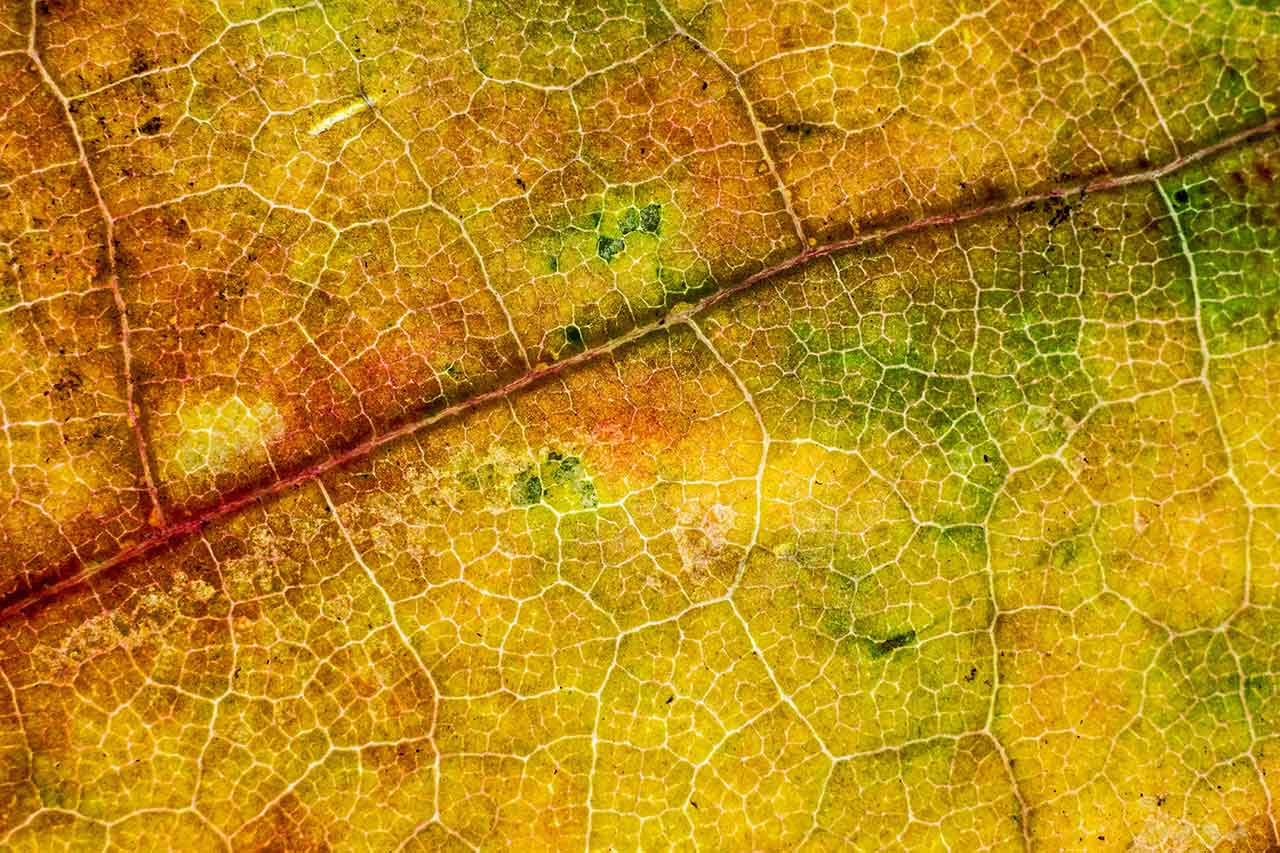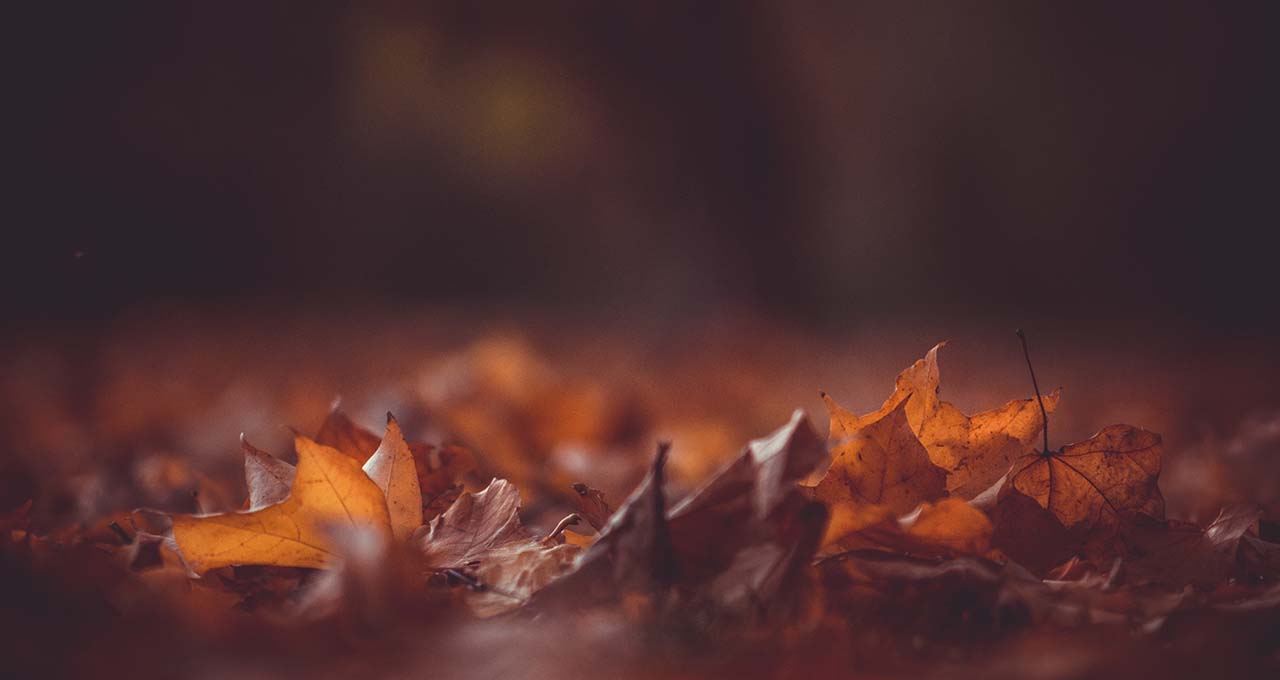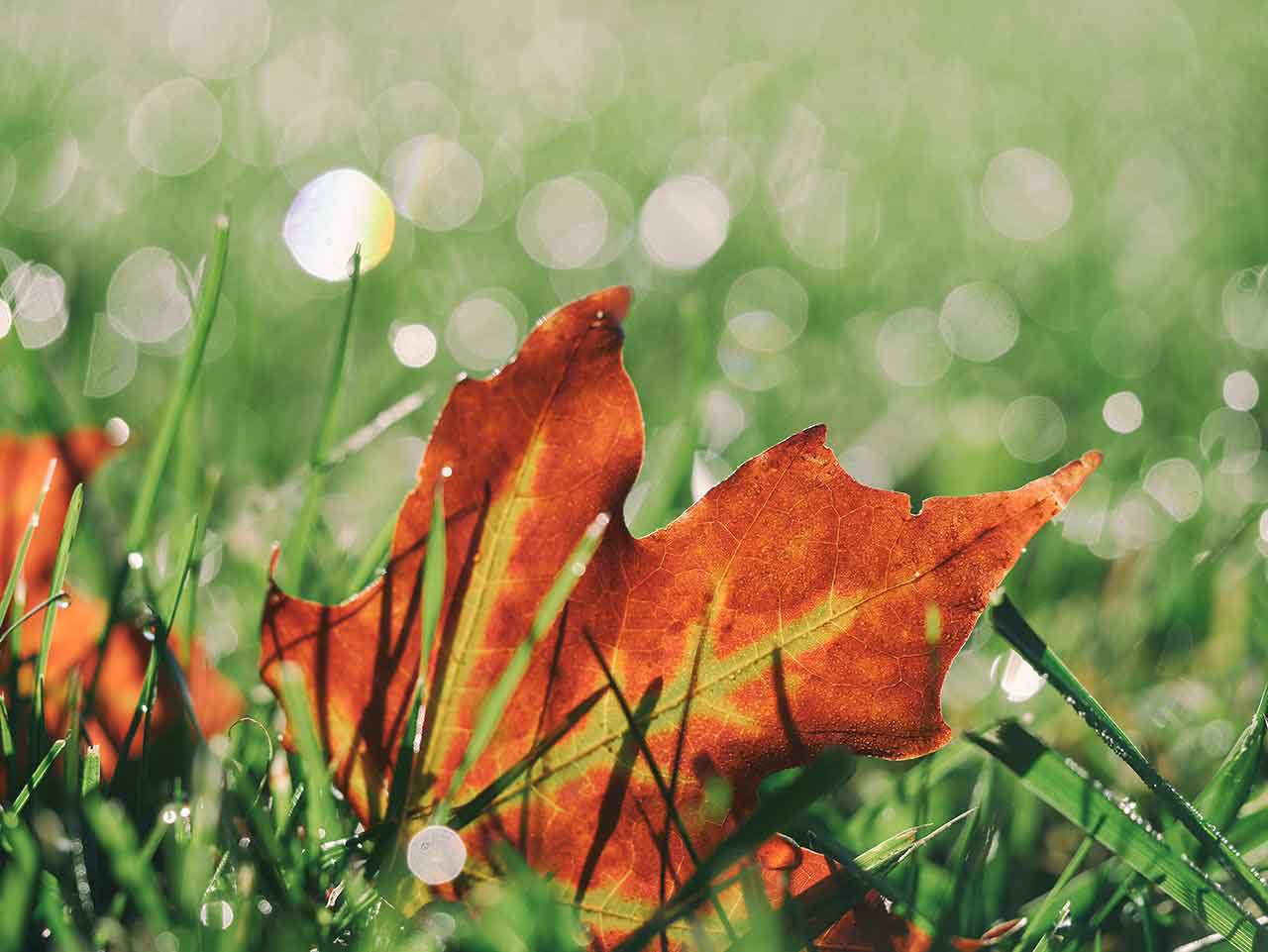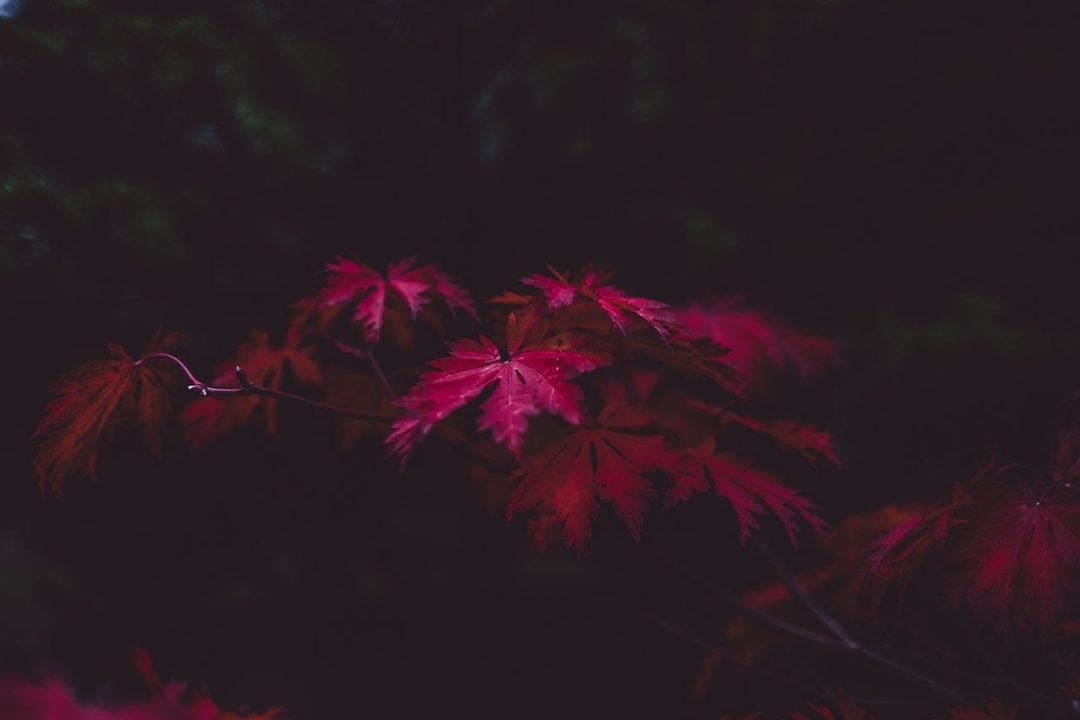Want to add extra impact to your images without a whole lot of effort? In this tutorial we show you several simple ways to photograph autumn colours and boost them subtly for punchier images.
01 Shoot in raw format
It’s easier and more convenient to shoot JPEGs, but when you shoot raw files you get a much more flexible, customisable image at your disposal.
As sophisticated as your camera is, your computer has a more powerful processor and lets you use more sophisticated raw conversion software to produce autumn images with stronger colour saturation.
02 Control white balance
Your camera’s auto white balance is a sophisticated tool these days, but try to ween yourself off it and set a higher ISO so that the camera thinks you’re shooting in cooler light and warms up the colours. The key, of course, is subtlety. Don’t go over the top, or the look will be spoiled.
03 Avoid flare
Use a lens hood or shade your lens with your hand – whatever you can do! – to try and reduce flare. Lens flare will lower contrast and weaken your colour saturation, making autumn images flat and boring.
04 Set a low ISO
Your camera’s image sensor provides its best image quality when you set it to your camera’s lowest sensitivity setting. Your camera produces less noise when you shoot at lower ISO settings. However, if possible, shoot at the slowest speed your sensor offers – usually ISO 100, but ISO 50 with some cameras that .
05 Use a polarising filter
A polarising filter will make a blue sky deeper and richer in tone, while at the same tim reduce glare on reflective surfaces in your scene so that colours appear crisp and saturated.
06 Use enhancing filters
Using a red enhancing filter can be a great way to bring out the natural vibrancy of autumn foliage. Red enhancers will boost warm colours and filter out cool casts; however, one thing to watch when using these is make sure you don’t include the sky in your composition. A red enhancer will turn your skies magenta!
07 Underexpose slightly
Sometimes you can make your colours look stronger by simply underexposing by as little as a 1/3-1/2 stop. If you underexpose too much your composition will look too dark, but a little bit of underexposure can add the right tone to an image.
To do this, use your camera’s exposure-compensation facility to override the meter.

08 Wait for the right light
Despite the wealth of tricks and techniques out there, the one thing that has the single most impact on the way your colours record in-camera is the quality of light.
And while we all like a bright sunny day, when shooting autumn colours the best light is actually a bright overcast day. Sunny weather will cause too much glare and contrast for the subjects you’re shooting, washing out all that autumn colour.
An overcast day, in contrast, will diffuse that light and spread it more evenly over your subjects.
09 Combine colours
It’s autumn. This season is all about colour, so think bold! Look for strong primary colours in your scenes, which will stand out better than pastel shades.
Likewise, look for contrasting colours in nature and see how you can frame them in the same image. Red and green are a classic combination of strong, contrasting colours that clash and add impact.





